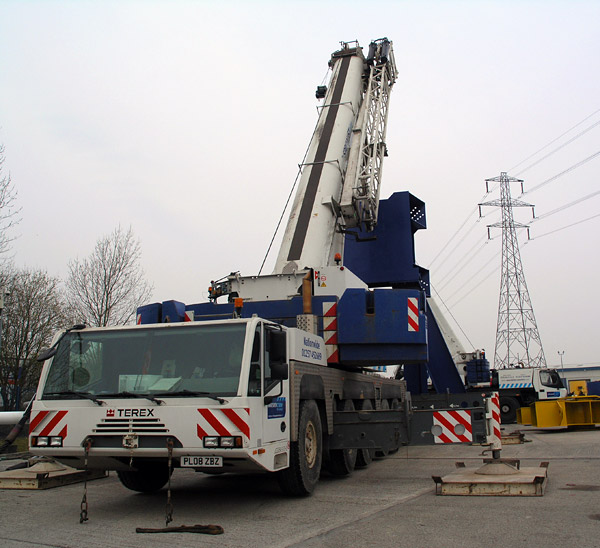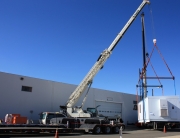The US Occupational Safety & Health Administration (OSHA) has formulated a set of safety standards in volume 29 of the Code of Federal Regulations, section 1926. OSHA is a supreme regulatory body that ensures safety and security to the workers employed in construction and production units. It brings health and safety regulations for the construction and production sectors periodically in order to make sure the involved crane and hoist machines are exploited safely. On the other hand, the administration does also suggest some other operative measures to prevent feasible risks and to keep the workers and professionals safe while operating crane systems.
First of all, the OSHA suggests using advanced safety devices in crane systems to get the real-time indications if there is any security threat to the crane system. safety devices such as anti-current device, LSI wireless GS550 display, anti-upset device, Operator and Rigger Protection Mechanisms, Anti-Collision Devices, Hirschmann DS 160 LMI, etc., are suggested to be the most operative tools for crane systems to ensure highest safety and security while operating crane systems at the workplaces.
A number of safety procedures have been designed, which can further improve the safety requirements of crane operations. These measures can be alienated into mainly 5 groups such as training, certification, repairs or assessments, communication, and electrical processes. One of the most significant and understandable crane safety measures is that all boosts or movements should be carried out in such a way that, if a hardware fails to work, no workers would be hurt by a falling load; so, all employees should have complete information of loads which are to be lifted, and of suspended loads.
The administration believes that periodical training to the workers can reduce or eradicate the chance of human factors-related crane miscarriage. Apart from industry training, the regulatory body does also suggest for certified operators. It brings codes of ethics periodically to facilitate better conditions for the crane operators. It terms the certification for operators as the most obligatory element. Several institutions including National Commission for the Certification of Crane Operators (NCCCO) and the North American Crane Bureau Group (NACB) are known for providing reliable certifications to the operators.









